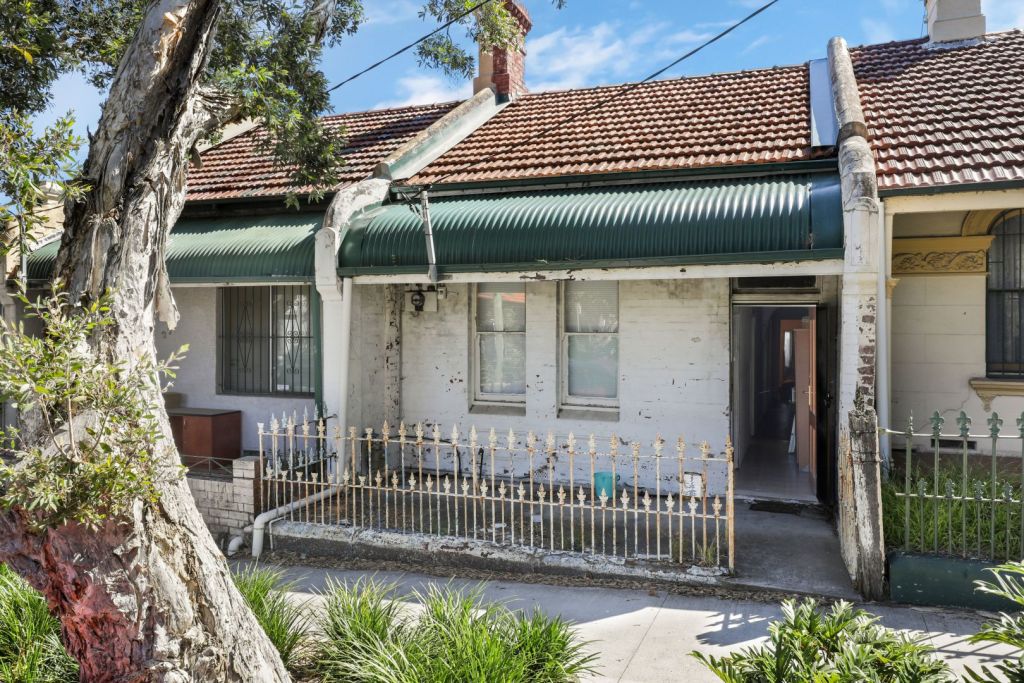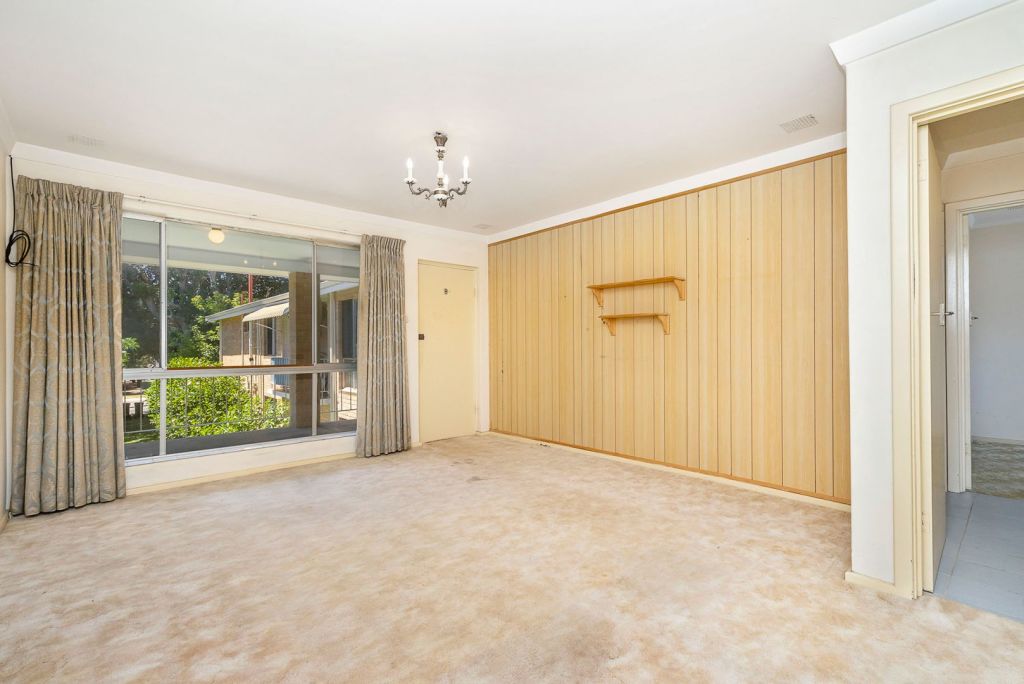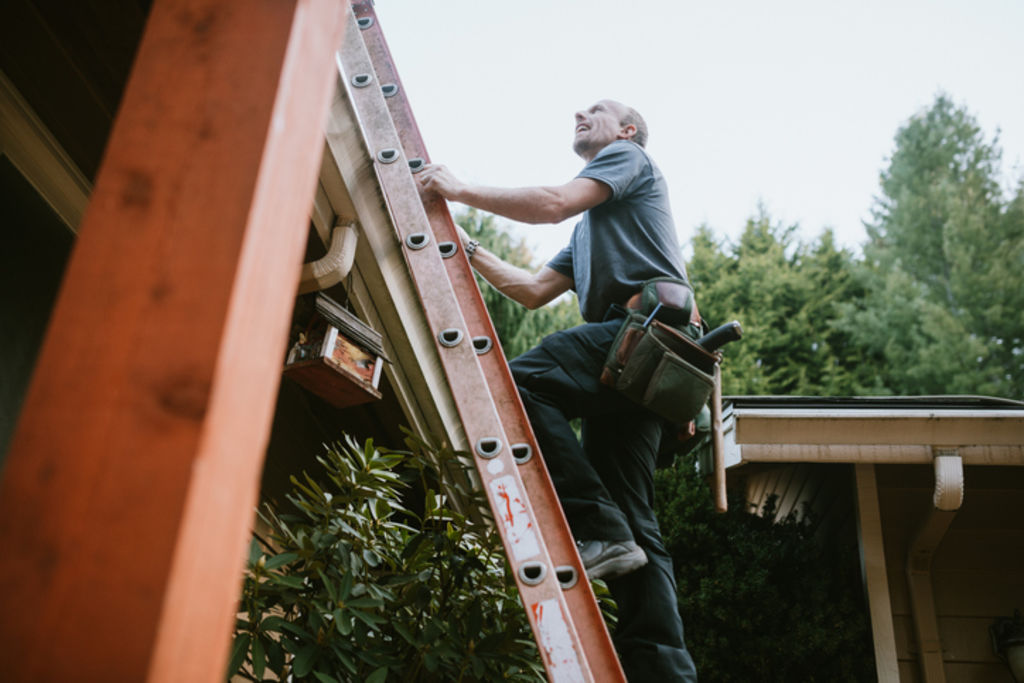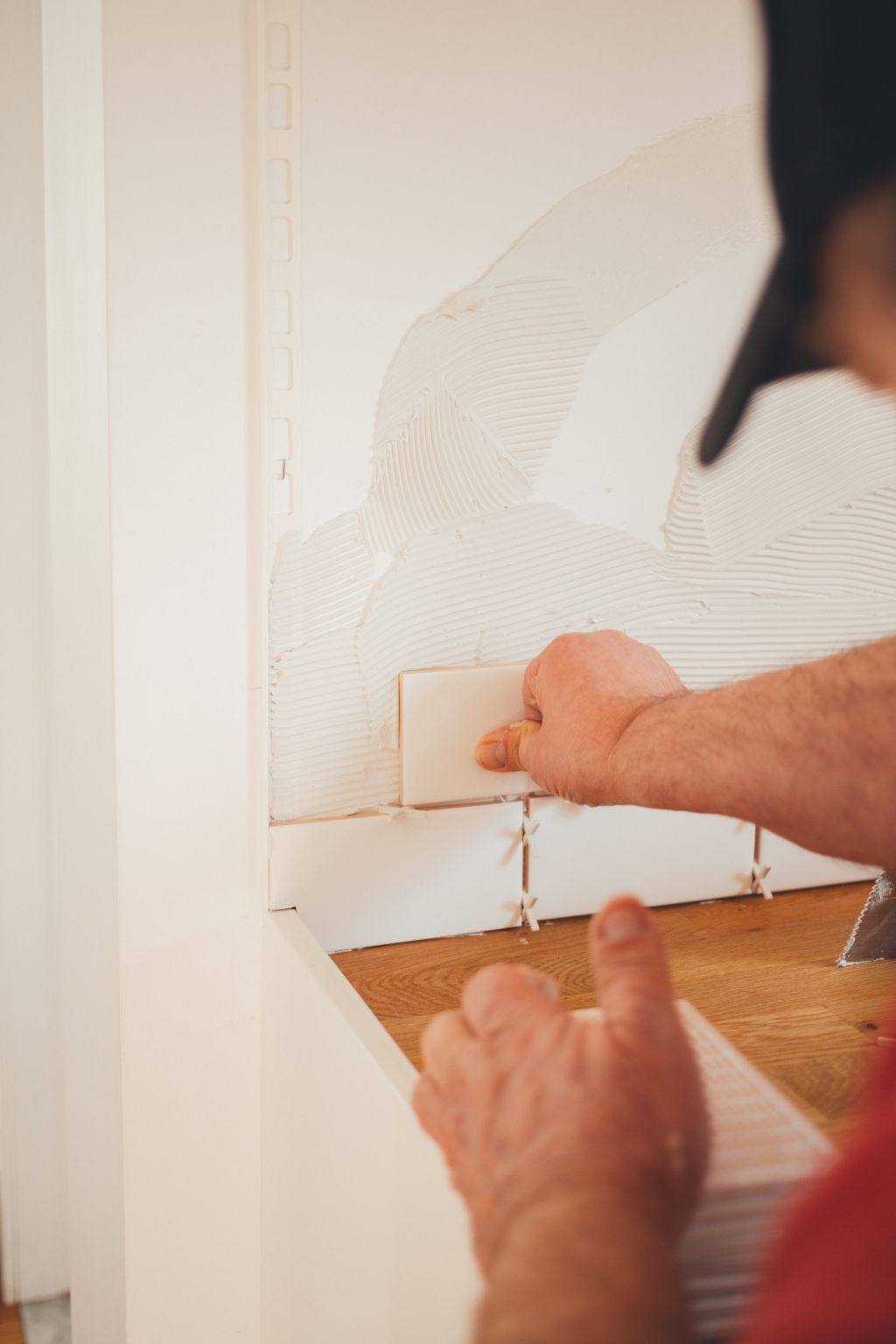Renovation potential versus expensive maintenance: How to tell the difference when buying
Finding a house in the perfect location, on the right side of the street, in tip-top condition and just under budget would be nice, but it’s not always possible.
Inevitably, buyers need to compromise on the location, the quality of the home, or the type of property, or somehow manage to increase their budget.
It’s impossible to change a home’s suburb or street, but almost every other physical part of a house can be altered – for a price – and many upgrades add more in value than their cost.

However, buying a rundown home and fixing it isn’t always recipe for success. While highly visible improvements can attract future buyers, not every dollar spent on a property is guaranteed to yield a return further down the track.
Structures and systems
Hidden out of sight behind walls, floors and ceilings are the parts of a building that keep it upright, watertight and functioning as it should.
Foundations, structural timber, roofing, gutters, plumbing, electrical and hot water system systems are critical parts of a building that most buyers don’t want to think about, beyond knowing these components function properly.
Maintenance is always inevitable but if these parts have reached their lifespan, buyers can expect expensive replacement costs, usually before high-impact cosmetic improvements can be made.
“There’s things that definitely add value to a property when you upgrade them, but there’s things that are inherently good to do but won’t necessarily add value,” says buyers agent and Mayfield Property Buyers director John Carew.
“We’re less likely to pay for things we can’t see. Your electricals and plumbing, it’s really important that they’re functional and working, but they don’t really add a lot of value to a property.
“All properties come with a certain level of maintenance and repairs, and it’s important that buyers don’t underestimate that.”

Building inspections are essential for uncovering serious problems, but buyer’s advocate Cate Bakos says house hunters can spot potential repairs to understand what they’re up against.
“If you look in the fuse box and see old circuitry, and if you look at the switches and they’re the old Bakelite ones, you may need to factor in [rewiring the home],” she says.
Bakos says buyers should also take note of signs of water ingress. “Anything swelling, bulging, damp or stained – leaks can be bad and not every leak can be easy to fix.”
Unfortunately, many remediation costs are unknown until a property is pulled apart to show the true extent of the problem, which can’t be done before purchase.

On the other hand, opportunities to upgrade the home in ways will impress future buyers and strengthen their emotional connection with the home can encourage them to spend more to secure it.
“Tangible things like stone benchtops, shutters, beautiful picket fences – buyers can see and feel the value of them and will pay accordingly,” Carew says.
Renovating the renovations
Recently renovated homes appeal to a broader pool of buyers than rundown fixer-uppers and usually command higher prices.
But making changes to an updated home can be problematic, according to Bakos, who says personalising a property might end up being a bigger job than anticipated.
“If you’re looking at a property that’s already had some money spent on it, you’re paying for that new kitchen, and then you’re paying for a new kitchen on top of that.”

Buyers should also beware of cosmetic renovations that have been completed without addressing underlying issues such as foundations first, Bakos says.
“If you want the house to be straight and you want to restump it, you’re going to to crack all the new tiles,” she says.
Buyers tend to overestimate their appetite for renovating, especially when it comes to reconfiguring floorplans, Bakos says. “You’re better off looking for something that has a right floor plan but looks super daggy.”
While many aspects of a property can be changed, the cost, effort and unknowns involved can turn what might seem like an exciting project into a costly and time-consuming exercise.
Bakos says potential renovators need to ask themselves whether there is a risk of overcapitalising, and whether they’re up for the challenge of renovating.
“If the answer to either of them is no, they shouldn’t do it.”
We recommend
We thought you might like
States
Capital Cities
Capital Cities - Rentals
Popular Areas
Allhomes
More










